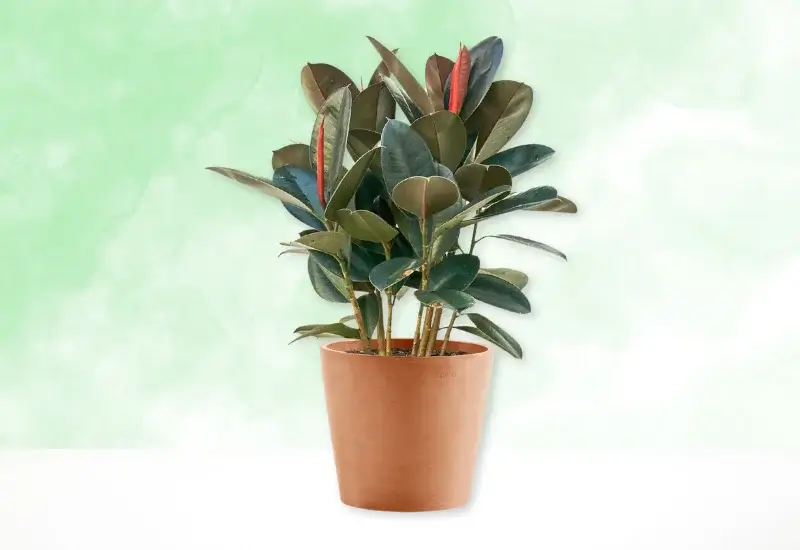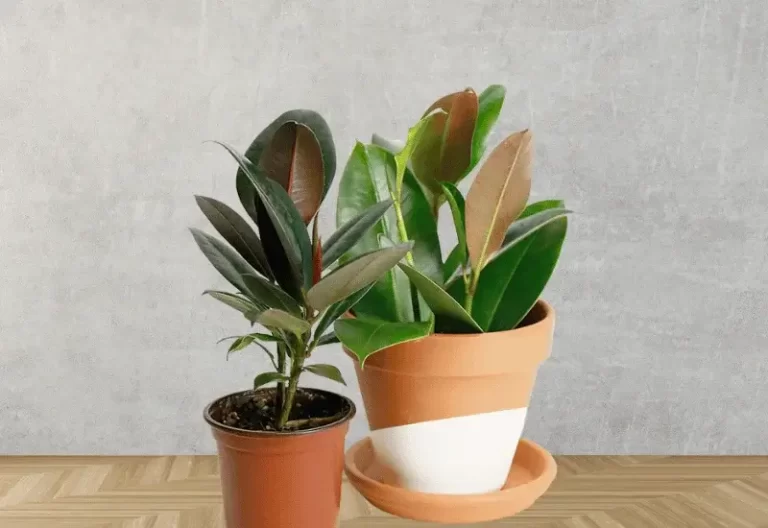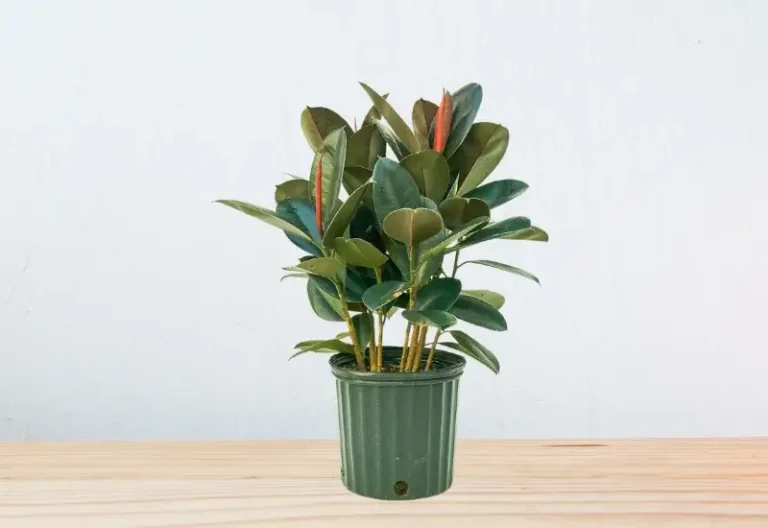Ficus Burgundy Cats, and 10 Safety Tips
Let us learn about Ficus Burgundy Cats, and Safety tips against plant toxicity. Caring for our feline friends means making our homes safe for them. Cats are curious creatures, and their safety is a top priority for pet owners. We’ll look at why cats are drawn to this plant, its potential toxicity, and how to create a safe living space for all your pets.
Plants and Cats
Cats are naturally drawn to plants. The vibrant green leaves and intriguing textures of Ficus Burgundy can be irresistible to our feline companions. They may want to chew on the leaves or even bat at them with their paws. While it’s cute, it’s essential to understand why they do this.
Cats are attracted to plants like Ficus Burgundy because they provide sensory stimulation. The rustling leaves, interesting shapes, and the scent of the plant can captivate a cat’s senses. It’s like an indoor jungle for them, and they can’t resist exploring.

Ficus Burgundy Cats 10 Essential Tips
If you’re a cat owner and a plant enthusiast considering adding a Ficus burgundy to your home, it’s crucial to understand the potential risks and take appropriate precautions. Ficus burgundy, like other Ficus species, can be toxic to cats. Here are some essential safety tips to keep your feline friends safe:
- Keep the plant out of reach: Place your Ficus burgundy in areas your cat can’t access, such as high shelves or hanging planters.
- Use deterrents: Apply pet-safe repellent sprays around the plant’s base or on its pot to discourage your cat from approaching.
- Provide alternative plants: Offer cat-friendly plants like cat grass or catnip to satisfy your pet’s plant-chewing tendencies.
- Create barriers: Use plant stands with wide bases that cats can’t easily jump onto, or place the plant in a room your cat doesn’t have access to.
- Monitor for symptoms: If you suspect your cat has ingested any part of the Ficus burgundy, watch for signs of toxicity such as drooling, vomiting, or lethargy. Contact your veterinarian immediately if you notice these symptoms.
- Educate family members: Ensure everyone in your household understands the potential dangers and knows to keep cats away from the plant.
- Consider artificial alternatives: If you’re particularly concerned, consider high-quality artificial Ficus burgundy plants that look realistic but pose no risk to your cats.
- Regular pruning: Keep your Ficus burgundy well-trimmed to prevent any low-hanging leaves that might tempt your cat.
- Clean up fallen leaves: Promptly remove any fallen leaves to prevent your cat from accessing them.
- Provide engaging toys: Keep your cat entertained with interactive toys to distract them from the plants.
Ficus Burgundy Toxic to Cats
While cats may be curious about Ficus Burgundy, there is a significant concern regarding its toxicity to them. Ficus Burgundy, like other members of the Ficus family, contains substances that can be harmful to cats when ingested.
If a cat nibbles on Ficus Burgundy, it can lead to a range of symptoms, including vomiting, drooling, and stomach upset. In severe cases, it can even cause kidney damage. This is why it’s crucial to prevent your cat from munching on this plant.
Ficus Burgundy Cats Safety
- The good news is that you can take steps to keep Ficus Burgundy and your cat coexisting safely. Here are some precautions:
- Put the plant in a location your cat can’t access, like a high shelf or a room they can’t enter.
- You can discourage your cat from approaching the plant by using safe deterrents, like a spray designed to deter pets from chewing on plants.
- Offer your cat cat-friendly plants, like cat grass, to satisfy their natural instinct to chew on greenery.
- Keep an eye on your cat and correct them if they show interest in the plant. Over time, they may lose interest if they realize the plant is off-limits.
Ficus Burgundy Pet Safe
Focus has been on cats, it’s important to consider the Ficus Burgundy Cats safety tips for all pets in your home. Dogs and small mammals may also be curious about Ficus Burgundy. The same precautions should be taken to ensure the safety of all your furry friends.
Conclusion
The safety of our pets is a top priority, and understanding their behaviors and the potential risks in our homes is vital. While Ficus Burgundy can be a beautiful addition to your home, it’s essential to be aware of the risks it poses to your cats and other pets. By taking precautions and providing alternative options, you can create a safe living space where your pets can thrive without endangering their health.
Read Also:



